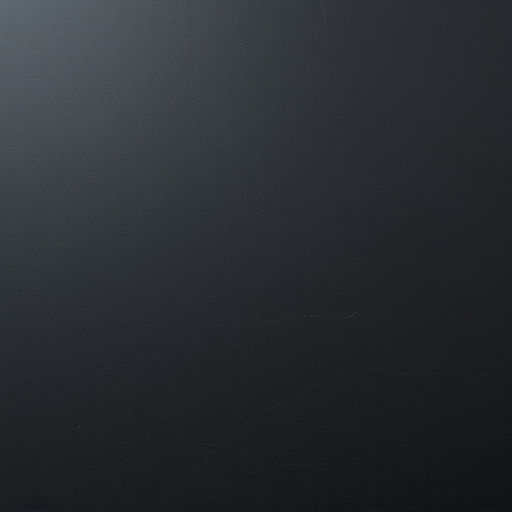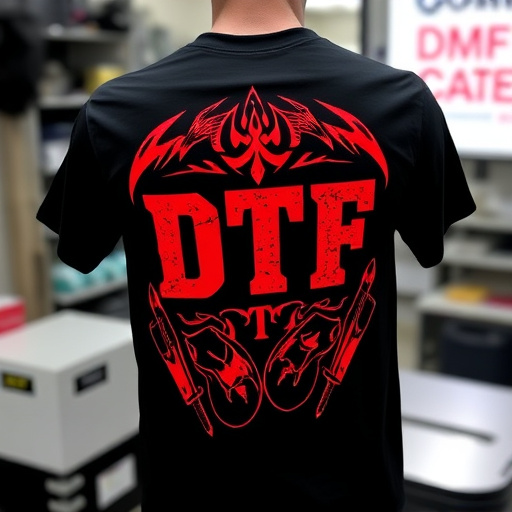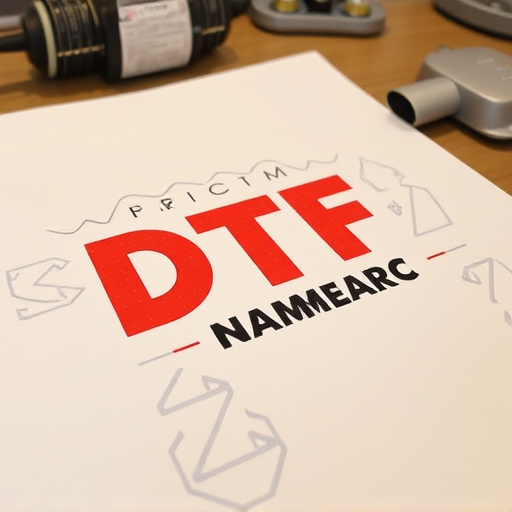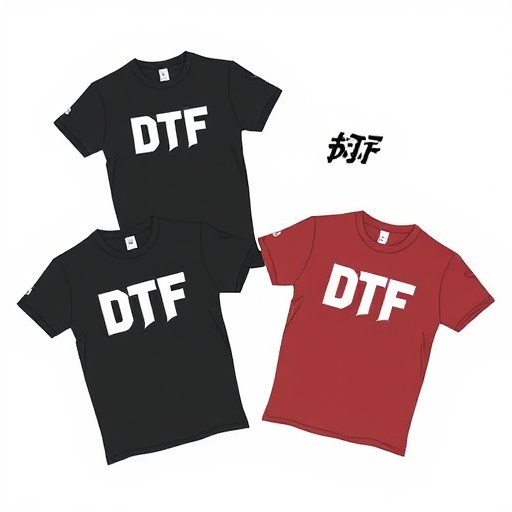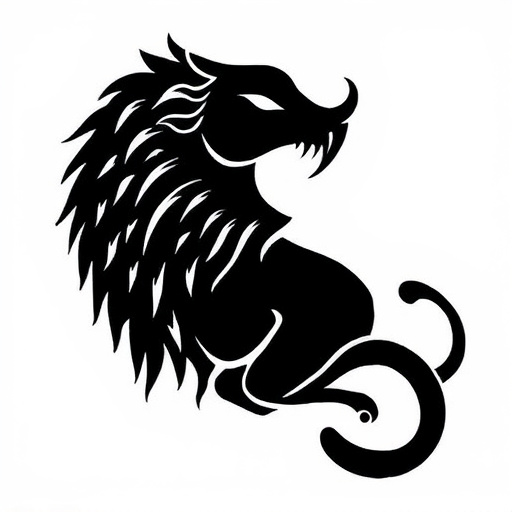The DTF Transfers Printer is a fast, cost-effective textile printing solution using direct-to-garment (DTG) technology. Businesses can easily transition from design to production by loading digital designs into the printer, which precisely transfers them onto pre-cut fabric sheets. Ideal for small to medium orders, it offers accurate positioning and color reproduction at lower costs. Training involves interface exploration, practical sessions, and hands-on operations, with best practices including structured agendas, hands-on learning, collaboration, regular breaks, and optimization tips for improved efficiency and high-quality outcomes.
“Unleash your team’s potential with expert training on the DTF Transfers Printer – a game-changer in print technology. This comprehensive guide takes you through every step of staff education, ensuring they master this innovative machine.
From understanding the printer’s unique capabilities to practical hands-on sessions, we cover it all. Learn best practices to make your training sessions engaging and effective.
Empower your employees to create vibrant, high-quality DTF transfers with our simple yet powerful training blueprint.”
- Understanding the DTF Transfers Printer: A Comprehensive Overview
- Step-by-Step Guide to Training Staff on DTF Printer Usage
- Best Practices and Tips for Effective DTF Transfers Printer Training Sessions
Understanding the DTF Transfers Printer: A Comprehensive Overview
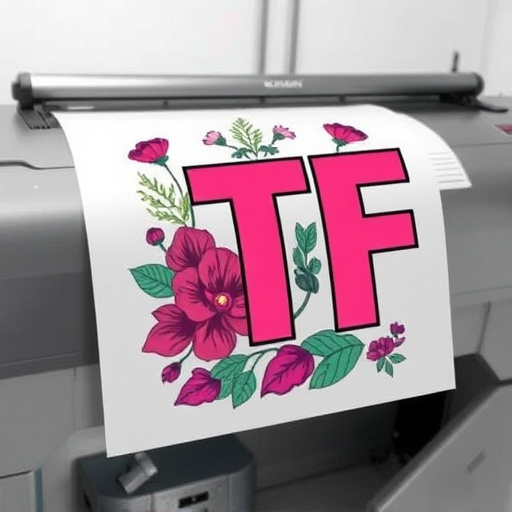
The DTF Transfers Printer is a revolutionary tool in the world of textile printing, offering a precise and efficient method for creating custom designs on various garments. This innovative printer utilizes direct-to-garment (DTG) technology to apply ink directly onto fabric, resulting in vibrant and long-lasting prints. Unlike traditional screening methods, DTF printing eliminates the need for costly set-up costs and allows for faster production times.
With a DTF Transfers Printer, businesses can effortlessly transition from designing custom garments to producing them. The process involves preparing digital designs using specialized software, ensuring they meet the printer’s requirements. Once ready, these designs are then loaded into the printer, where they are precisely transferred onto pre-cut transfer paper, known as gang sheets. These sheets, tailored for specific garment types and sizes, ensure accurate positioning and precise color reproduction. This method is particularly suitable for small to medium-sized orders, enabling businesses to cater to diverse customer preferences without breaking the bank.
Step-by-Step Guide to Training Staff on DTF Printer Usage

Training staff to use a DTF (Direct-To-Fabric) Transfers Printer involves a step-by-step process designed to ensure efficiency and accuracy. Begin by familiarizing your team with the printer’s interface, highlighting key components such as the control panel, feed mechanisms, and print bed. Demonstrate how to load fabric, ensuring proper alignment and tension for precise printing. Next, guide staff through the process of preparing dtf artwork transfers using specialized software, where they learn to upload their own gang sheets, adjust settings like resolution and color profiles, and preview prints before finalization.
After theoretical instruction, conduct hands-on training sessions. Start with basic operations: preheating the printer, selecting materials, and initiating print jobs. Progress to more complex scenarios, such as troubleshooting common issues, managing ink levels, and optimizing print quality for different dtf garment printing applications. Regular practice and iterative learning ensure staff mastery of the DTF Transfers Printer, enabling them to produce high-quality, custom fabric transfers efficiently.
Best Practices and Tips for Effective DTF Transfers Printer Training Sessions
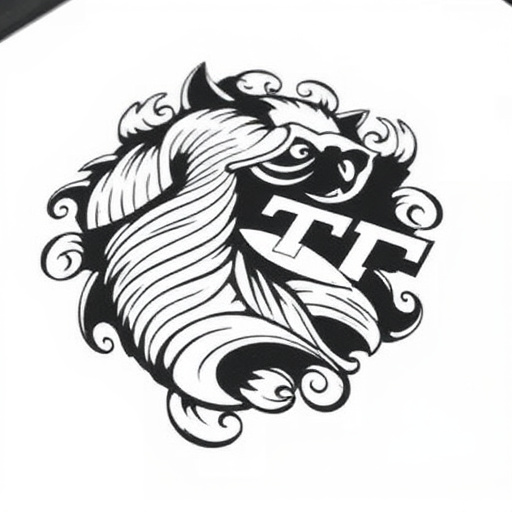
When conducting training sessions on DTF Transfers Printer, it’s essential to adopt best practices that ensure clear communication and hands-on learning. Start by creating a structured agenda outlining the key topics, from basic printer operations to advanced customization techniques. Utilize visual aids, such as diagrams and step-by-step guides, to illustrate the process of setting up and using the DTF Transfer Printer effectively. Encourage interactive learning by allowing participants to practice on real materials, providing them with different dtf transfer by size options to experiment with. This practical approach will help staff grasp the intricacies of DTF heat transfers and gain confidence in their abilities.
Additionally, foster a collaborative environment where trainees can ask questions and share insights. Regularly pause training sessions to address concerns and clarify misconceptions. It’s also beneficial to offer tips for streamlining the printing process, such as optimizing print settings and maintaining printer hygiene. By incorporating these strategies, your DTF printing services staff will not only acquire technical proficiency but also develop a deep understanding of the capabilities and limitations of the DTF Transfers Printer, leading to more efficient and high-quality outcomes.
Training staff on using a DTF Transfers Printer effectively is a strategic move that empowers employees to streamline operations. By understanding the printer’s capabilities and implementing best practices, organizations can ensure efficient, high-quality transfers. This concludes our guide, providing a solid foundation for successful DTF printer integration within your team.







